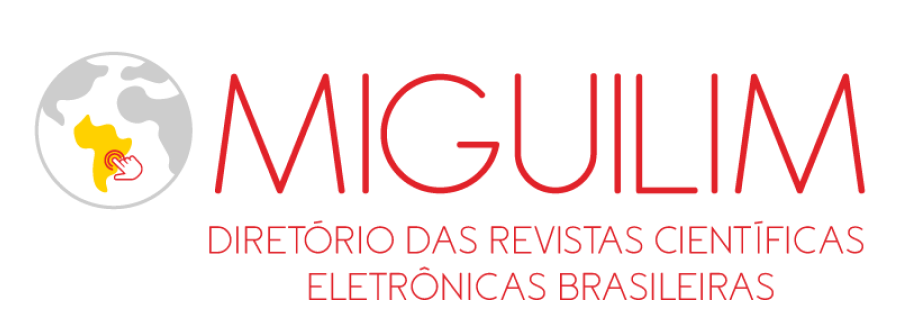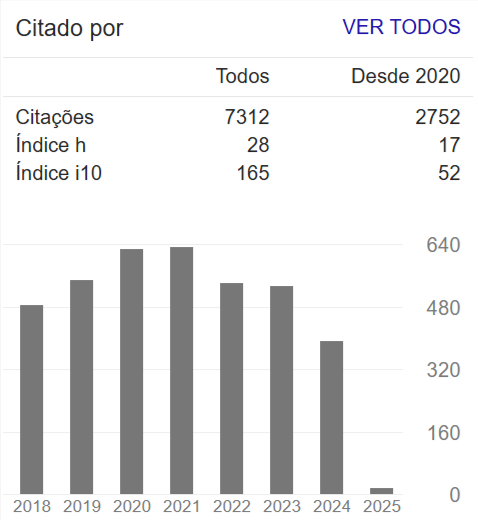LONGEVITY OF MICRO-SCALE ZVI AND ORGANIC CARBON IN PERMEABLE REACTIVE BARRIER APPLICATIONS
Resumo
Long term effectiveness of in situ remediation applications is often based on the longevity of the amendments employed for treatment of groundwater. In particular, in Permeable Reactive Barrier (PRB) applications, the longevity of the amendments employed will dictate the frequency of reapplication required. PRBs composed of granular Zero-Valent Iron (ZVI), traditionally installed via trenching, have proven to last for decades in the subsurface. In more recent years, injectable amendments with more fine-grained ZVI and/or various carbon sources has gained popularity as installation via direct push injection in many cases is more practical, cost-efficient and less invasive. EHC® is an integrated combination of plant-derived carbon and micro-scale ZVI specifically formulated for easy application via injection. The purpose of this paper is to assess the longevity of EHC in the subsurface. Based on theoretical calculations, the ZVI component in EHC would be expected to last for decades, whereas the carbon source would be expected to last for three to six years under normal groundwater conditions.

















